Typing this Japanese word into your iPhone or Android device will introduce you to some very unusual characters.
emoji
The beloved anime magical girl is helping flowers bloom on social media.
It’s not fire, and it’s not food, but every Japanese person immediately understands the symbol that has the rest of the world scratching their heads.
Common sense might lead you to believe that “emoji” is simply a variation of “emoticon,” but Japanese common sense tells a whole different story.
You likely know that emoji originated in Japan, but do you know how they ended up basically everywhere in the world?
In Japan, you don’t “like” something on Facebook, you “ii ne” it. But what about the five other “reactions” that Facebook has just added?
Japanese netizens are both creeped out and confused by this new Thanksgiving/Christmas emoji from Skype.
When Japanese Twitter user @nasuiro posted this picture of a blob of hand cream last week, he probably had no idea that it would end up being retweeted over 41,000 times…
Oxford Dictionaries, the online arm of the publisher of the Oxford Dictionary of English, has announced that its 2015 Word of the Year is an emoji. No, not the word “emoji,” but a single, specific emoji.
Recently, with elements of the Japanese language and its culture starting to be adopted by people in countries the world over, we hear the word “emoji” being used incredibly often overseas. In fact, both the word “emoji” and the digital images themselves have become pretty much universal.
And now, those emoji that I knew from my cell phone screen here in Japan have even been turned into fashion icons!
In Part 1 of this article, we learned some fun facts about three iconic foods so beloved by the Japanese that they, yup, became icons—how an old lady and a samurai gave birth to the first rice cracker; what it means to be called a pudding-head in Japan; and how a classic 1960s manga cemented the way oden would be illustrated for decades to come.
So get ready for Part 2, in which I’ll attempt to sift through millennia of history and get you further acquainted with three more emoticons!
First we’ll look at the mythical tengu, a complex, multifaceted creature that in modern times pops up in things like Digimon and the Mega Man series. Then we’ll check out a New Year’s decoration that may have originated from taketaba, a shield made from bundled bamboo that became necessary once firearms were introduced. To close, we’ll explore the customs and lore surrounding the Tanabata festival, including the romantic legend of Orihime and Hikoboshi, who are both star-crossed lovers and actual stars in the sky.
LINE is a free instant-messaging and voice-call application that’s almost a necessity in Asia; for many, it’s cheaper than texting through their mobile plan, and the app’s astounding collection of oversized emoticons called stickers and sticons (short for sticker emoticons) makes chatting with your friends that much more fun and cute! However, Japanese users recently noticed a puzzling sticon that had found its way into the pool. The image, which we’ll be looking at later, is based on a worldwide fad that didn’t seem to catch on in Japan, so it’s no wonder that people were confused.
This prompted me to wonder, “Which emoji are gathering dust because some people don’t quite know what they are or what they mean?” Since emoji (literally meaning “pictographs”) originated in Japan and later became incorporated into Unicode, it makes sense that many are emblematic of that country’s culture. After asking a few friends, choices were narrowed down to the above six emoticons, available on most smartphones. In Part 1 we’ll be examining the three food-based emoticons, so if you’re not familiar with that geometry lesson on a stick or the origins of that brown circle, read on after the jump!
Sometimes words just aren’t enough to convey what you have to say.
People tend to use emoji in both normal and unorthodox ways, and the emoji you use actually says a lot about you.
Enter Emojinalysis, a Tumblr blog that tells you what’s wrong with your life based on your recently used emoji.
When it comes to screwing, most people would choose a Phillips head or a flat-head to get the job done. Or if you’re in Japan, where they use different terms, you’d ask for a plus (+) or a minus (-) screwdriver to get things going. Now though, it seems the humble screw has just received a facelift, thanks to a clever design collaboration between a Tokyo artist and a manufacturer from Osaka. The only thing cuter than a tiny smiley screw is the adorable driver that screws them in!
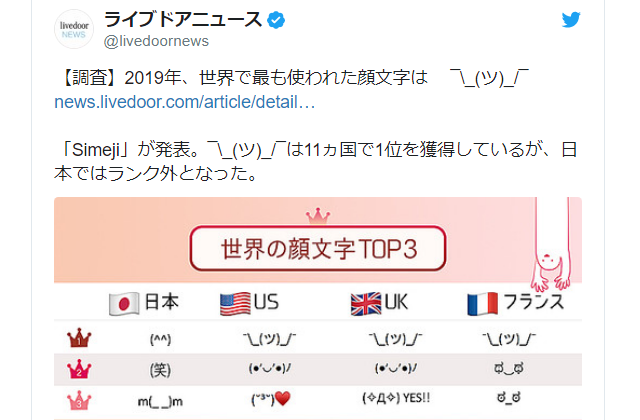
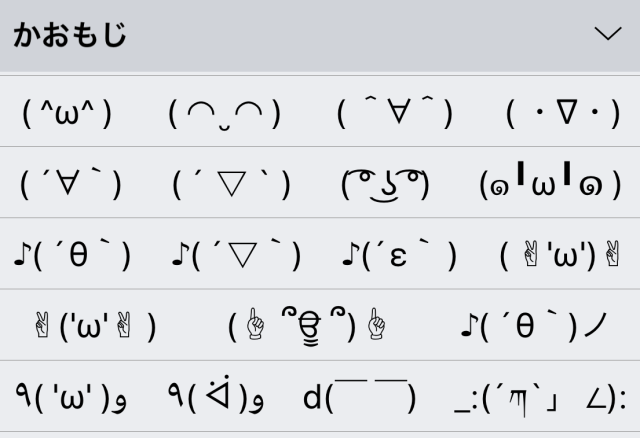
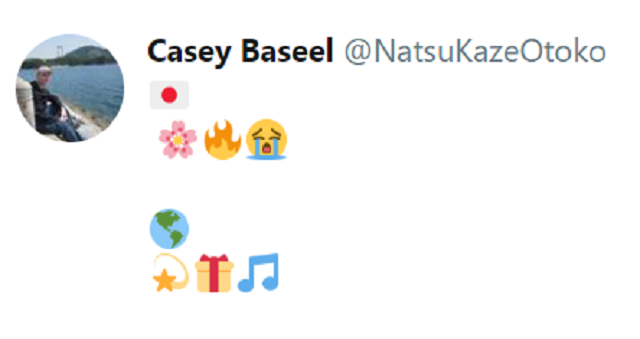
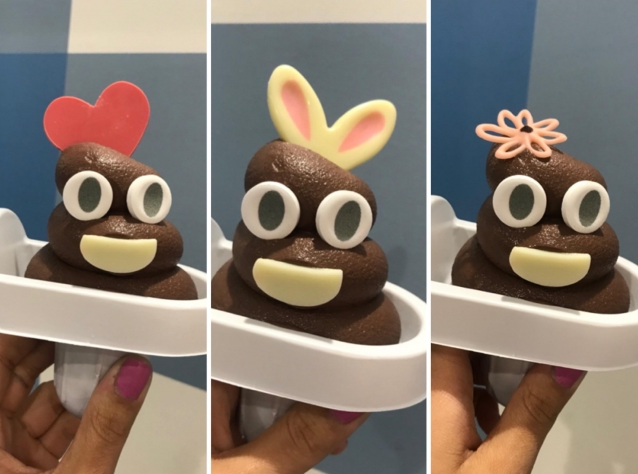
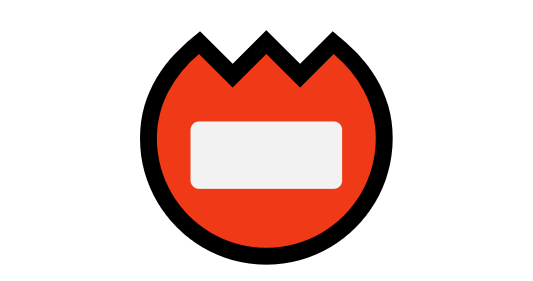
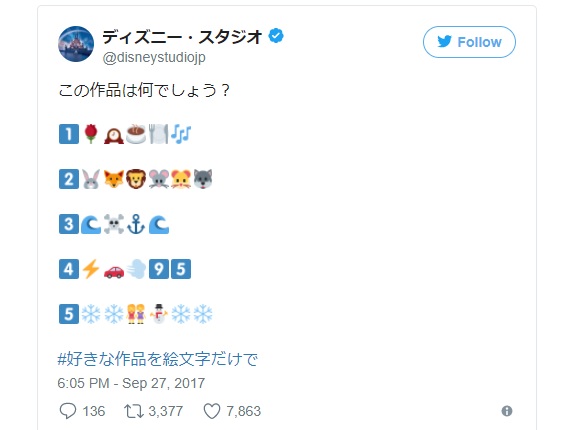
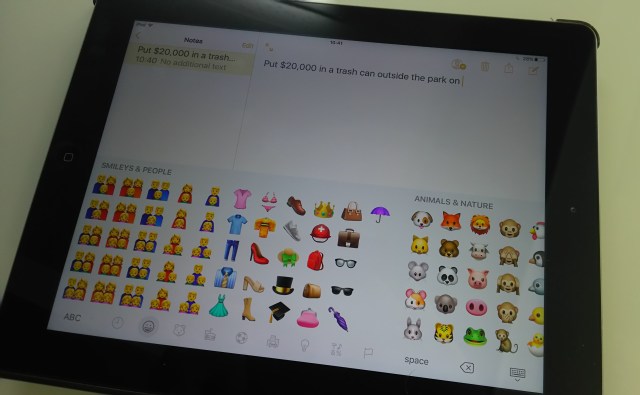
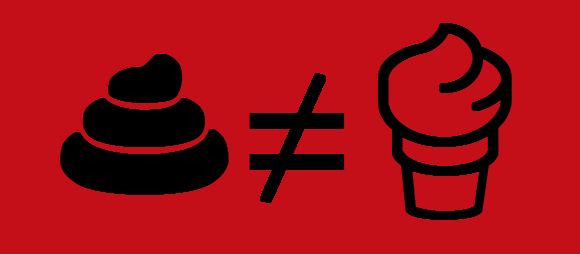
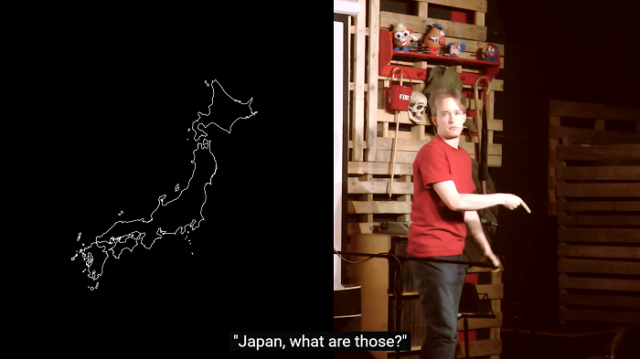
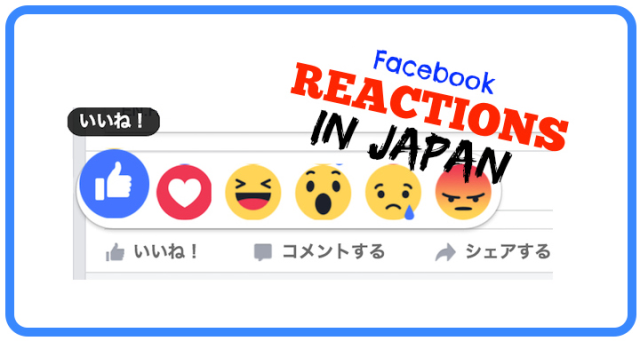
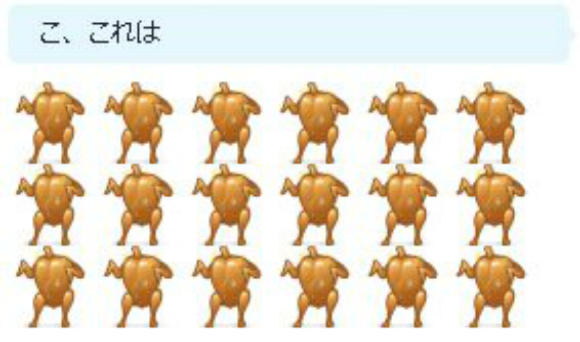
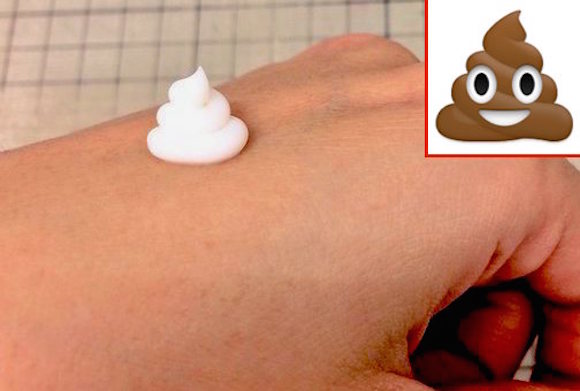

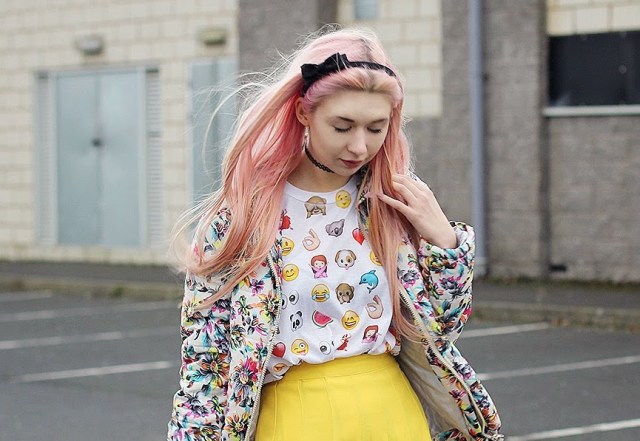
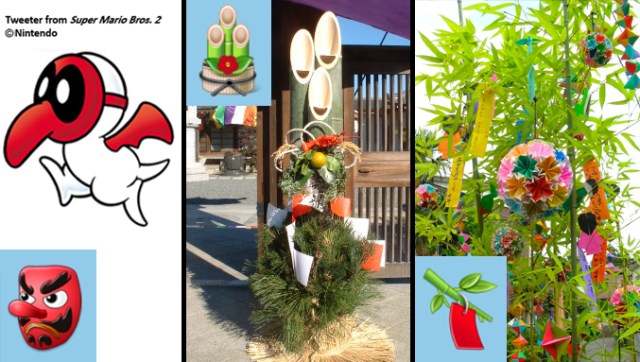

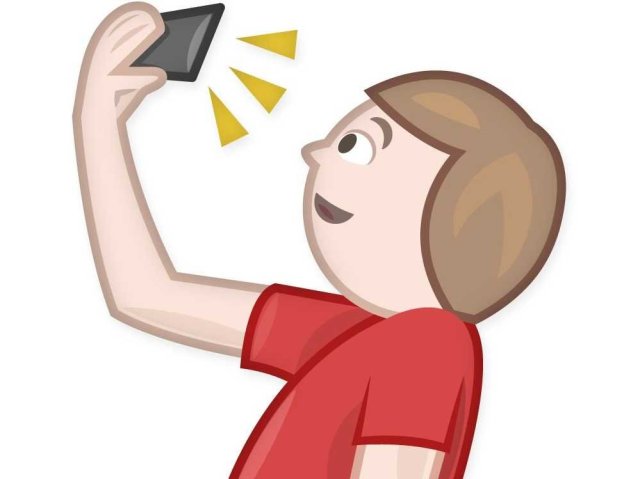

 Foreigner’s request for help in Tokyo makes us sad for the state of society
Foreigner’s request for help in Tokyo makes us sad for the state of society Japanese city loses residents’ personal data, which was on paper being transported on a windy day
Japanese city loses residents’ personal data, which was on paper being transported on a windy day Seaside scenery, history, and so many desserts on Yokohama’s Akai Kutsu【Japan Loop Buses】
Seaside scenery, history, and so many desserts on Yokohama’s Akai Kutsu【Japan Loop Buses】 Pokémon Sleep camping suite and guestrooms coming to Tokyo Hyatt along with giant Snorlax burgers
Pokémon Sleep camping suite and guestrooms coming to Tokyo Hyatt along with giant Snorlax burgers Osaka governor suggests lowering voting age to 0 to curb population decline
Osaka governor suggests lowering voting age to 0 to curb population decline Smash Bros. director Sakurai stabs Kirby in the face, has delicious justification for it
Smash Bros. director Sakurai stabs Kirby in the face, has delicious justification for it Akihabara pop-up shop sells goods made by Japanese prison inmates
Akihabara pop-up shop sells goods made by Japanese prison inmates French Fries Bread in Tokyo’s Shibuya becomes a hit on social media
French Fries Bread in Tokyo’s Shibuya becomes a hit on social media Mt. Koya planning to instate visitor’s tax to cope with huge tourist numbers
Mt. Koya planning to instate visitor’s tax to cope with huge tourist numbers Red light district sushi restaurant in Tokyo shows us just how wrong we were about it
Red light district sushi restaurant in Tokyo shows us just how wrong we were about it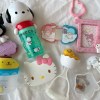 McDonald’s new Happy Meals offer up cute and practical Sanrio lifestyle goods
McDonald’s new Happy Meals offer up cute and practical Sanrio lifestyle goods Japanese ramen restaurants under pressure from new yen banknotes
Japanese ramen restaurants under pressure from new yen banknotes Studio Ghibli releases new action figures featuring Nausicaä of the Valley of the Wind characters
Studio Ghibli releases new action figures featuring Nausicaä of the Valley of the Wind characters New private rooms on Tokaido Shinkansen change the way we travel from Tokyo to Kyoto
New private rooms on Tokaido Shinkansen change the way we travel from Tokyo to Kyoto Tokyo Tsukiji fish market site to be redeveloped with 50,000-seat stadium, hotel, shopping center
Tokyo Tsukiji fish market site to be redeveloped with 50,000-seat stadium, hotel, shopping center Beautiful Ghibli sealing wax kits let you create accessories and elegant letter decorations【Pics】
Beautiful Ghibli sealing wax kits let you create accessories and elegant letter decorations【Pics】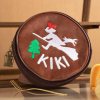 Studio Ghibli releases Kiki’s Delivery Service chocolate cake pouches in Japan
Studio Ghibli releases Kiki’s Delivery Service chocolate cake pouches in Japan New definition of “Japanese whiskey” goes into effect to prevent fakes from fooling overseas buyers
New definition of “Japanese whiskey” goes into effect to prevent fakes from fooling overseas buyers Our Japanese reporter visits Costco in the U.S., finds super American and very Japanese things
Our Japanese reporter visits Costco in the U.S., finds super American and very Japanese things All-you-can-drink Starbucks and amazing views part of Tokyo’s new 170 meter-high sky lounge
All-you-can-drink Starbucks and amazing views part of Tokyo’s new 170 meter-high sky lounge More foreign tourists than ever before in history visited Japan last month
More foreign tourists than ever before in history visited Japan last month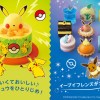 New Pokémon cakes let you eat your way through Pikachu and all the Eevee evolutions
New Pokémon cakes let you eat your way through Pikachu and all the Eevee evolutions Disney princesses get official manga makeovers for Manga Princess Cafe opening in Tokyo
Disney princesses get official manga makeovers for Manga Princess Cafe opening in Tokyo Sales of Japan’s most convenient train ticket/shopping payment cards suspended indefinitely
Sales of Japan’s most convenient train ticket/shopping payment cards suspended indefinitely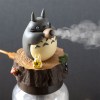 Sold-out Studio Ghibli desktop humidifiers are back so Totoro can help you through the dry season
Sold-out Studio Ghibli desktop humidifiers are back so Totoro can help you through the dry season Japanese government to make first change to romanization spelling rules since the 1950s
Japanese government to make first change to romanization spelling rules since the 1950s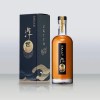 Ghibli founders Toshio Suzuki and Hayao Miyazaki contribute to Japanese whisky Totoro label design
Ghibli founders Toshio Suzuki and Hayao Miyazaki contribute to Japanese whisky Totoro label design Doraemon found buried at sea as scene from 1993 anime becomes real life【Photos】
Doraemon found buried at sea as scene from 1993 anime becomes real life【Photos】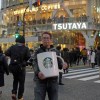 Tokyo’s most famous Starbucks is closed
Tokyo’s most famous Starbucks is closed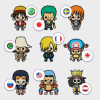 One Piece characters’ nationalities revealed, but fans have mixed opinions
One Piece characters’ nationalities revealed, but fans have mixed opinions We asked a Uniqlo employee what four things we should buy and their suggestions didn’t disappoint
We asked a Uniqlo employee what four things we should buy and their suggestions didn’t disappoint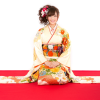 Princesses, fruits, and blacksmiths: Study reveals the 30 most unusual family names in Japan
Princesses, fruits, and blacksmiths: Study reveals the 30 most unusual family names in Japan Smash Bros. director Sakurai stabs Kirby in the face, has delicious justification for it
Smash Bros. director Sakurai stabs Kirby in the face, has delicious justification for it Akihabara pop-up shop sells goods made by Japanese prison inmates
Akihabara pop-up shop sells goods made by Japanese prison inmates French Fries Bread in Tokyo’s Shibuya becomes a hit on social media
French Fries Bread in Tokyo’s Shibuya becomes a hit on social media Mt. Koya planning to instate visitor’s tax to cope with huge tourist numbers
Mt. Koya planning to instate visitor’s tax to cope with huge tourist numbers Red light district sushi restaurant in Tokyo shows us just how wrong we were about it
Red light district sushi restaurant in Tokyo shows us just how wrong we were about it You COULD eat a terrifying octopus egg in Japan, but SHOULD you? Let’s find out!【Taste test】
You COULD eat a terrifying octopus egg in Japan, but SHOULD you? Let’s find out!【Taste test】 Suntory x Super Mario collaboration creates a clever way to transform into Mario【Videos】
Suntory x Super Mario collaboration creates a clever way to transform into Mario【Videos】 Limited-edition Carbonara Udon will anger noodle purists and pasta lovers 【Taste test】
Limited-edition Carbonara Udon will anger noodle purists and pasta lovers 【Taste test】 Should you add tartar sauce to Japanese curry rice? CoCo Ichi makes diners an unusual offer
Should you add tartar sauce to Japanese curry rice? CoCo Ichi makes diners an unusual offer Japanese company starts project to restore Nakagin Capsules to capsule hotel
Japanese company starts project to restore Nakagin Capsules to capsule hotel We taste makunouchi bento at four Japanese convenience store chains【Taste comparison】
We taste makunouchi bento at four Japanese convenience store chains【Taste comparison】 Japanese woman stumbles on the power of the infamous “gaijin seat” phenomenon during flight
Japanese woman stumbles on the power of the infamous “gaijin seat” phenomenon during flight How to use Japan’s new self-checkout supermarket carts
How to use Japan’s new self-checkout supermarket carts Ginza Cozy Corner releases “Hanami Party” mini cakes and treats for sakura cherry blossom season
Ginza Cozy Corner releases “Hanami Party” mini cakes and treats for sakura cherry blossom season